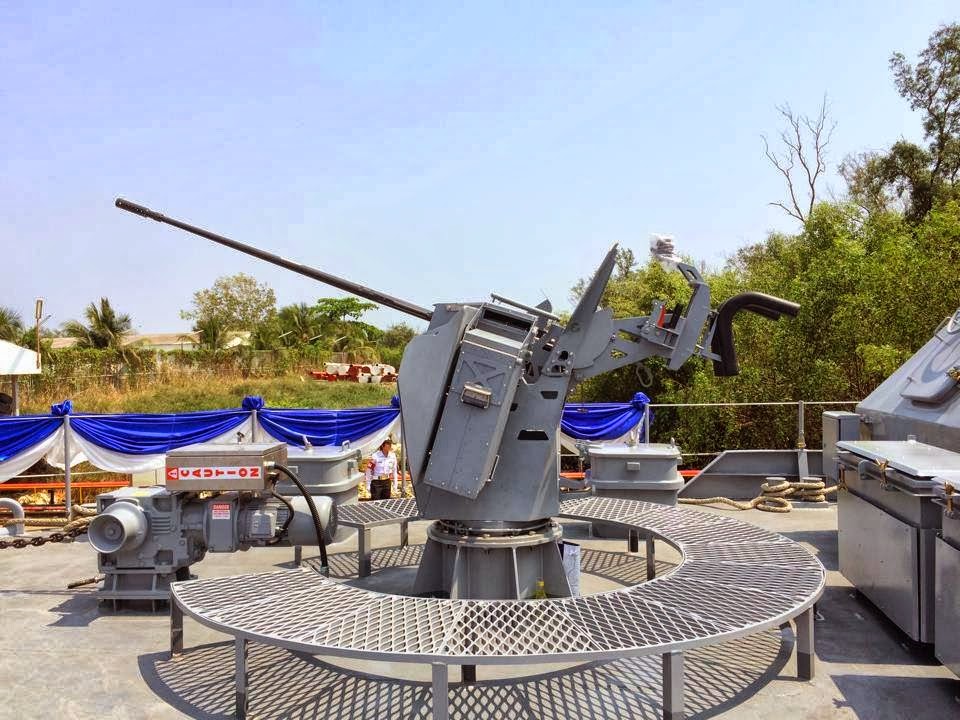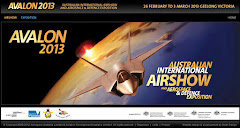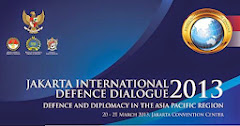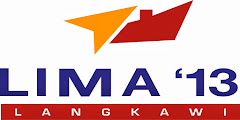Kapabilitas Terbaru TNI-AD Bushmaster PMV Siap Dioperasikan Pasca Bushmaster Driver and Technician Training
JAKARTA – Sebuah Kapabilitas baru TNI-AD sudah siap dioperasikan usai Bushmaster Driver and Technician Training 24-28 February 2014. Menyusul pembelian tiga unit ranpur beroda empat buatan Thales Australia oleh TNI-AD, ‘Bushmaster’ Protected Mobility Vehicle (PMV) pada akhir tahun 2013, latihan teknis dan pendidikan untuk 25 orang pengendali dan teknisi dari KOPASSUS dan Korps Perlengkapan TNI-AD diselenggarakan di Mako Kopassus Cipatat dan PMPP, Sentul. Dibantu dengan tiga juru bicara, terdapat tiga pelatih Australia dari Combined Arms Training Centre (CATC), Puckapunyal, dikirim dari Australia untuk memberikan pelatihan agar dapat membantu KOPASSUS dan Korps Peralatan TNI-AD untuk dapat memanfaatkan fasilitas baru Bushmaster PMV secara maksimal.
Latihan tersebut walau berformat singkat sempat mencakup seluruh aspek pengoperasian dan perawatan ranpur Bushmaster, mulai dari pengenalan karakteristik kendaraan, pemeliharaan harian, sistem elektronik, bahan bakar dan pendinginan mesin. Peserta juga diberikan pelatihan cara untuk mengandeng secara aman kendaraan yang mogok dan juga cara untuk mengendarai ranpur Bushmaster dengan kecepatan tinggi secara aman.
Para peserta pelatihan terkesan dengan kapabilitas Bushmaster PMV. “Bushmaster lebih tangkas daripada ranpur Casspir yang dimiliki oleh Satuan saya saat ini” ujar SERDA Supriyanto dari Satuan 81 KOPASSUS. “Mesin Bushmaster jauh lebih kuat dan sistem kendali operasi terasa sangat lebih ringan. Bushmaster ini juga sudah dilengkapi dengan AC dan joknya jauh lebih enak untuk diduduki” tambahnya.
Pada Upacara Penutupan pada Jumat, 28 Februari di Mako KOPASSUS Cijantung, Atase Darat Australia, Kolonel Justin Roocke, membantu inspektur upacara, Waaslog Kopassus, Letkol Octavianus Oscar. E, untuk pemasangan pin Bushmaster Driver and Technician Training pada 24 lulusan pelatihan tersebut. “Sangat membanggakan bagi saya bahwa dalam waktu yang singkat, yaitu hanya dalam lima hari saja, seluruh pelajaran yang diberikan oleh para instruktur dapat diserap secara keseluruhan oleh kalian semua” ujar Kolonel Justin pada pidatonya dihadapan para lulusan yang berkumpul pada ucara penutupan tersebut.
(Ikahan)









































